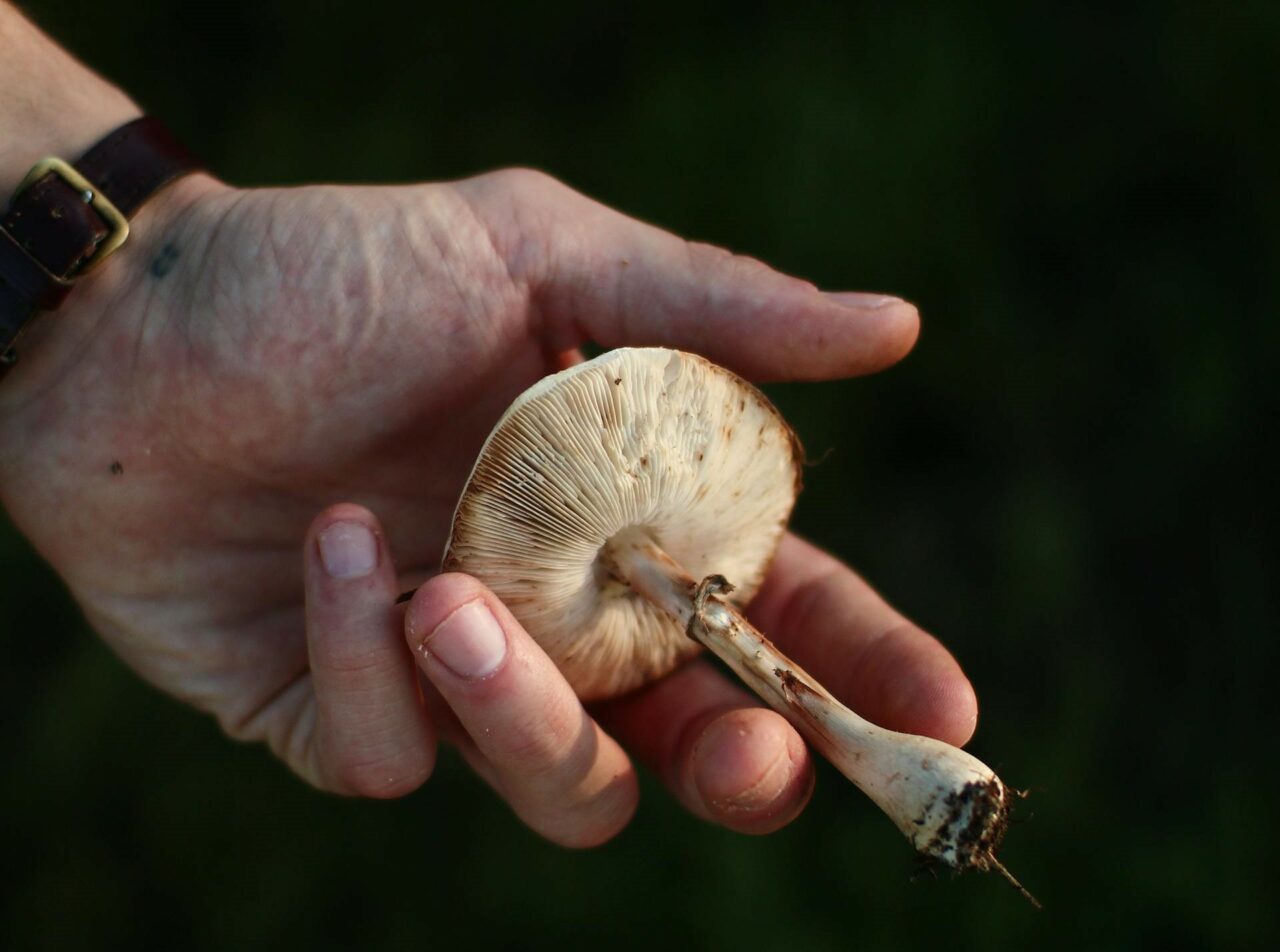Psilocybin mushrooms, a traditional psychedelic similar to LSD, function as a serotonin 5-HT2A receptor agonist. Currently, psilocybin-assisted therapy is being researched for its potential benefits in treating mental health disorders such as major depression, anxiety, cluster headaches, and migraines.
In order to understand how shrooms can help with these conditions, it’s essential to examine how they are metabolized by the body. This knowledge enables researchers and users to identify how the active compound produces psychological and therapeutic effects. This article offers a basic overview of the pharmacology and pharmacokinetics of psilocybin.
[toc]
Key Takeaways:
- When psychedelic fungi are consumed orally, half of it is absorbed and distributed throughout the body.
- The fungus compound is dephosphorylated by the enzyme alkaline phosphatase, mainly in the liver.
- Approximately 3.4% of the compound is expelled in its original form within 24 hours, with the majority being excreted as a stable metabolite.
What Does Pharmacokinetics Mean?
Pharmacokinetics (PK) refers to the study of how substances like drugs are processed by the body once they have been ingested. While it is related to pharmacodynamics, which looks at how a compound interacts with your body, PK focuses on four main areas: absorption, distribution, metabolism, and excretion (ADME).
By understanding these processes, healthcare professionals can prescribe the most effective medications with the least risk. It also allows them to customize treatments to fit each patient’s unique physiology and lifestyle.
How Does Pharmacokinetics Relate to Psilocybin?
Psilocybin and psilocin, the primary active compounds in certain magic mushroom species, have attracted significant attention from both researchers and users. Pharmacokinetics explores how these mushrooms, containing psilocybin, are processed by the body and helps shed light on their potential medicinal or recreational effects.
These compounds are often referred to as “magic,” “psychedelic,” “medicinal,” or “sacred.” When consumed, the fungi containing these compounds are… Types of mushrooms, their place of origin, their size, the conditions in which they germinate and dry, as well as their age, can all substantially influence their potency levels.
While these mushrooms can be found in the wild, scientists have created techniques to produce them artificially in laboratories. Both naturally occurring and lab-grown mushrooms exhibit minimal toxicity, although they might cause mild side effects such as nausea or vomiting.
In spite of these physical effects, the ingredients in these mushrooms have demonstrated potential therapeutic advantages due to their safe characteristics and non-addictive properties. This has sparked interest among researchers to explore their application in psychotherapy, particularly for treating anxiety and depression.
The Four Phases of Pharmacokinetics
Psilocybin, the active component in these mushrooms, is inactive in its initial form and acts as a prodrug, converting into its active form, psilocin. Enzymes like alkaline phosphatase facilitate this transformation, allowing psilocin to be absorbed and circulated throughout the body, reaching various tissues. Interestingly, after oral ingestion, psilocybin is undetectable in the circulatory system, feces, or urine.
Absorption
Absorption refers to the process by which the compound gets into the bloodstream from its introduction site. It determines how quickly and effectively the compound reaches its target, such as the plasma. Oral consumption is often the preferred method of administration. Inhalation has been explored but has proven to be less efficient than ingestion.
The absorption process also includes the separation of the compound from the dosage form during oral intake. Factors like a delay in the passage through the throat or esophagus can affect this, potentially slowing down the results or causing discomfort. Once the compound arrives in the stomach, its acidic environment may begin to deteriorate it before it enters the bloodstream.
Research on animals suggests that only about half of the orally administered psychedelics are absorbed and distributed throughout the body.
Elements Influencing the Absorption Process
Several factors may affect the absorption process, leading to variations in the onset, intensity, and duration:
- Stomach Contents: Eating before consumption can delay the process as it slows down the onset of effects. Absorption is faster on an empty stomach.





